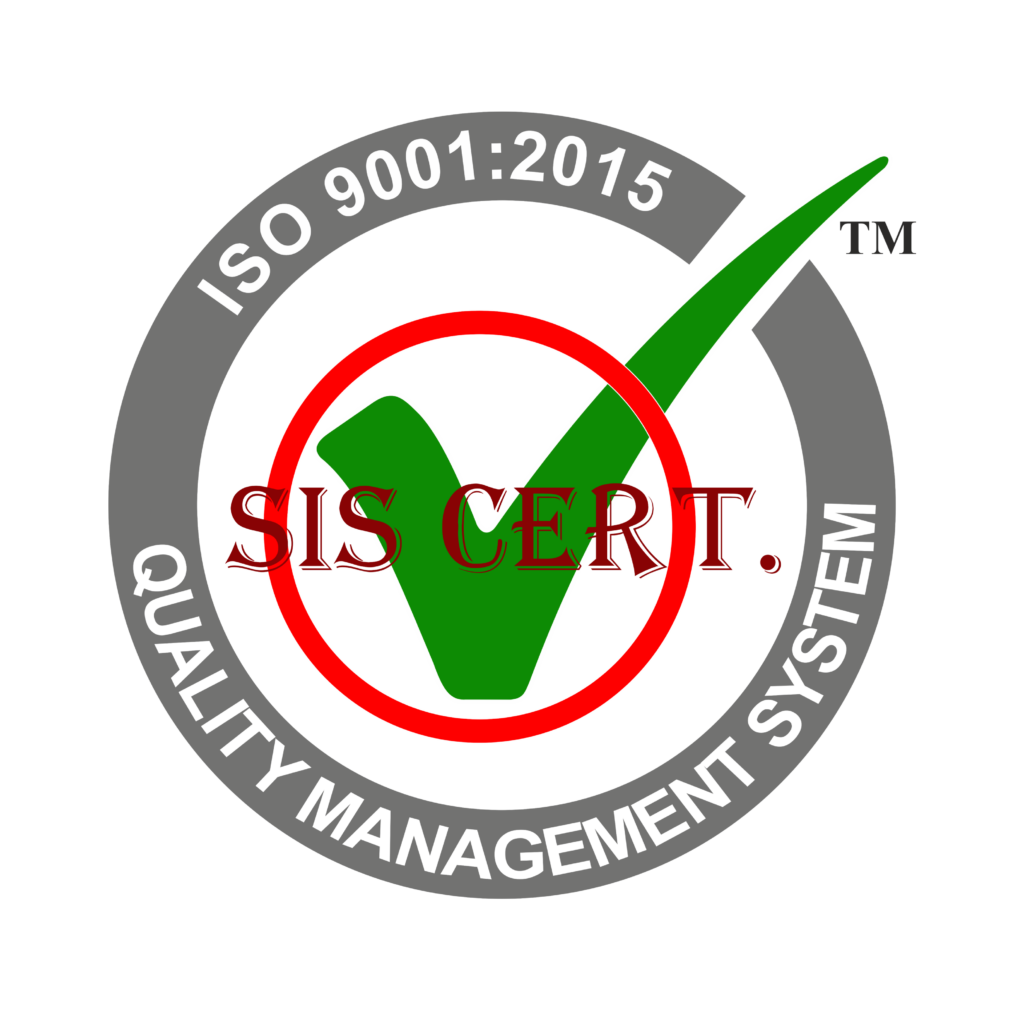Stainless steel production has seen significant advances in technology and innovation over the past few years. This article will explore the various global trends shaping the industry, such as:
- Automation and robotics
- Cost reduction strategies
- Quality and efficiency improvements
- Sustainability and environmental considerations
- Digitalization and automation
By adapting to these trends, stainless steel producers can ensure their products remain competitive in a global market.
Key Takeaways
- Automation and robotics play a crucial role in streamlining stainless steel production, leading to increased efficiency, cost savings, and quality control.
- Advanced technologies such as 3D printing and laser cutting offer customization options and reduce waste in the manufacturing process.
- Cost reduction strategies involve the optimization of production processes through intelligent technologies, alternative materials, and additive manufacturing.
- Sustainability and environmental impact are key considerations in stainless steel production, with a focus on adopting renewable energy sources, reducing water consumption, and developing new materials.
Automation and Robotics
As the industry moves towards greater automation and robotics, we are seeing a growing trend of advancements in the production of stainless steel on a global level. These innovations are helping to shape the future of the stainless steel industry, as the need for increased efficiency, cost savings, and quality control are driving forces behind the advancements.
Automation and robotics are providing stainless steel producers with the tools to accurately and quickly produce quality products while reducing costs. Automated processes are streamlining production and minimizing human labor, while robotic systems are providing precision and accuracy in areas where they are needed most.
Furthermore, innovative technologies such as 3D printing and laser cutting are offering new ways to customize products for individual customers. These new innovations are allowing stainless steel producers to stay ahead of the competition and remain competitive in the global market.
As the industry continues to push forward on the innovation front, the stainless steel industry is sure to benefit from the advances.
Cost Reduction Strategies
One of the key trends in global stainless steel production is the implementation of cost reduction strategies to maximize profits. Producers are constantly looking for ways to reduce overhead costs, such as streamlining production processes through automation and robotics, and finding new ways to reduce raw material costs.
In addition, some producers are looking to increase efficiency through the optimization of their production processes. This includes the use of intelligent technologies and advanced analytics for better decision making.
The use of new materials and technologies are also helping producers reduce their energy costs. For example, the use of alternative materials like titanium, aluminum, and nickel alloys are reducing the carbon footprint of production and helping producers cut costs. Additionally, the use of 3D printing and additive manufacturing is helping producers reduce the amount of waste generated in production.
Furthermore, producers are also looking to reduce their labor costs. They are investing in robotics and automation technologies to reduce the need for manual labor. The use of artificial intelligence and machine learning is helping to reduce the need for human intervention in production processes, allowing producers to save money and increase efficiency.
Quality and Efficiency Improvement
Improving the quality and efficiency of stainless steel production is becoming a major focus of global innovation initiatives. Companies are now developing new technologies and techniques to streamline the production process and create superior quality stainless steel products.
Advanced heat treatment techniques, computer-aided design, and robotic welders have all been employed to reduce costs and improve product quality. Recent advances in 3D printing are also helping to reduce manufacturing costs and improve the accuracy of stainless steel fabrication.
The development of smart manufacturing systems is also revolutionizing the stainless steel industry. These systems utilize the power of Artificial Intelligence (AI) and the Internet of Things (IoT) to monitor and control the production process. They can also detect anomalies in the production process and act quickly to correct them. This can help to reduce waste and ensure the highest quality products.
In addition, the use of big data analytics is allowing companies to obtain real-time insights into production processes, helping to identify areas for improvement and increase efficiency. This is enabling companies to produce stainless steel products more efficiently and cost-effectively.
Sustainability and Environmental Impact
Advancing sustainable practices and reducing environmental impacts are becoming increasingly important in the global stainless steel production industry. In order to remain competitive, manufacturers are turning to innovation as a way to streamline production while still meeting rising demands for sustainability and green initiatives. From using renewable energy sources to increasing recycling rates, the stainless steel industry is making strides to reduce its carbon footprint and protect the environment.
New technologies are also being developed to reduce water consumption and reduce the use of hazardous materials. Additionally, manufacturers are developing new processes that allow for more efficient production practices, such as advanced heat treatments, precise ingredient dosing, and high-strength alloys. These processes can help reduce waste and improve efficiency.
Finally, manufacturers are investing in research and development of new materials that can reduce cost, reduce energy consumption, and improve the sustainability of production. For example, new stainless steel alloys are being developed that can be used in place of traditional materials, eliminating the need for additional energy and resources.
Innovations in the stainless steel industry are helping to improve sustainability, reduce environmental impact, and increase efficiency. By embracing these new technologies and focusing on research and development, the industry can continue to reduce its environmental footprint while meeting the needs of a growing global market.
Digitalization and Automation
In addition to more sustainable practices and reducing environmental impacts, digitalization and automation are becoming increasingly important in the global stainless steel production industry.
Digitalization and automation help to ensure greater accuracy and efficiency in production processes, as well as improved product quality. Automation of production processes helps eliminate human error, reduce costs, and increase productivity. Automation also helps to reduce reliance on manual labor, allowing for better utilization of employees.
Digitalization allows for greater visibility into production processes, enabling faster decision-making and better access to data.
The use of Artificial Intelligence (AI) and Machine Learning (ML) is also becoming increasingly popular, helping to identify and predict potential problems in production and assess the overall performance of production processes. This can lead to better decision-making and more efficient use of resources. Additionally, robots and automated systems can be used to enhance safety and reduce risks in the workplace.
Digitalization and automation are key components of the future of stainless steel production, offering the potential for increased efficiency, improved product quality, and lower costs. By leveraging the advancements in technology, the global stainless steel production industry has the potential to become more competitive and efficient.
Frequently Asked Questions
What Technology Advancements Have Been Made in Stainless Steel Production?
Recent advances in stainless steel production include the use of 3D printing, automated production processes, and the introduction of smart materials. All of these technologies have enabled manufacturers to increase efficiency and optimize production.
What Investments Have Been Made in Global Stainless Steel Production?
Investors have made substantial commitments to global stainless steel production, driven by the promise of innovative technology and new production methods.
What Are the Latest Trends in Global Stainless Steel Production?
The latest trend in global stainless steel production is the use of advanced technologies and innovations to improve quality, efficiency, and sustainability. Investment in research and development is essential for continued success.
What Are the Potential Risks Associated With Global Stainless Steel Production?
Global stainless steel production carries the risk of environmental damage and health hazards due to the release of pollutants. In addition, there may be economic risks from fluctuating prices and overproduction.
How Can Global Stainless Steel Production Be Improved?
Global stainless steel production can be improved by embracing new technologies and processes to reduce environmental impact and increase efficiency.
Conclusion
Stainless steel production is being reshaped by global innovation trends. These trends include automation and robotics, cost reduction strategies, quality and efficiency improvement, sustainability and environmental impact, and digitalization and automation.
These trends are helping to modernize stainless steel production and create more efficient, cost effective, and sustainable methods of production. These advancements will benefit the industry for years to come.


